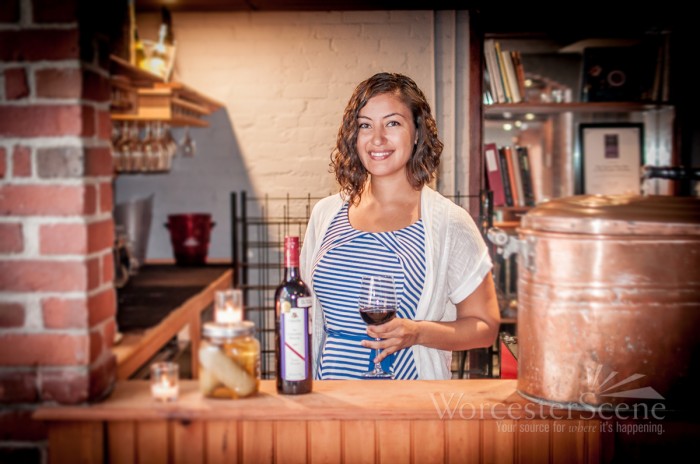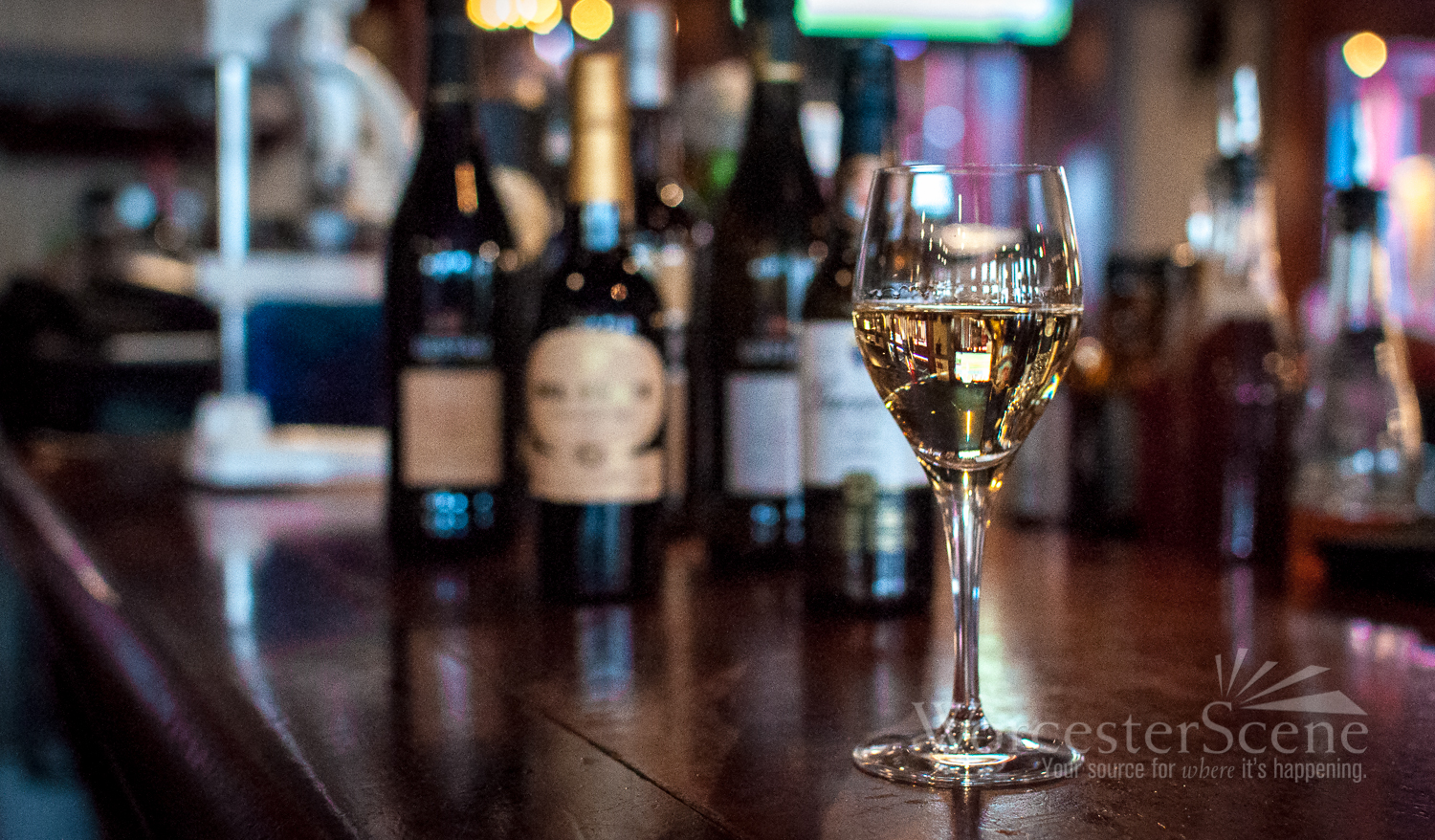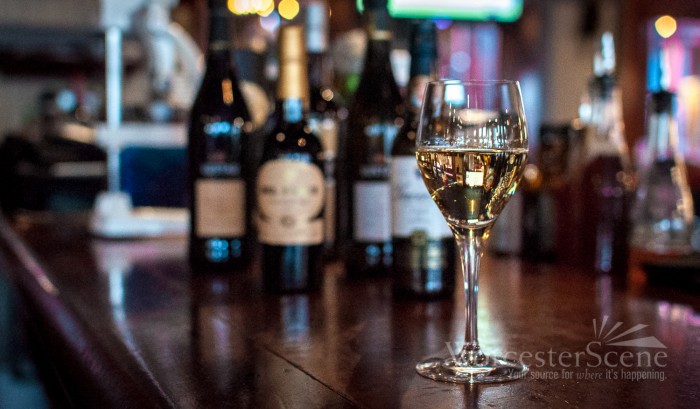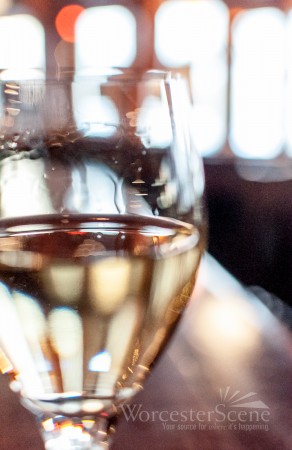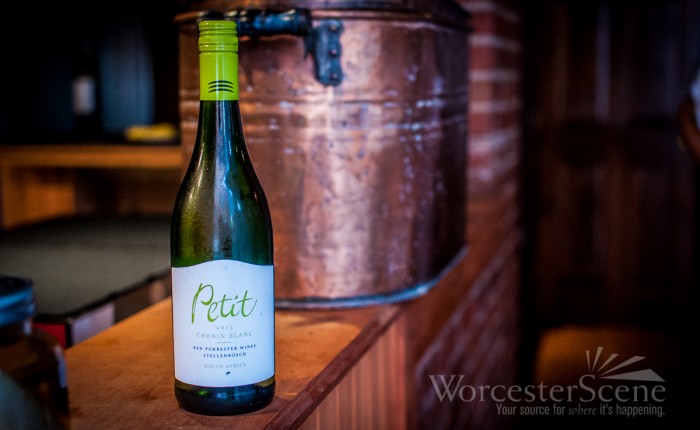 When the weather is hot and there’s barbecue on the grill, no one can deny that an ice cold beer is exactly what you want. However, anyone that has properly paired a beer with rich, smoky flavorful barbeque can attest to the fact that that is just too much weight. You are not pairing a Bud Light or Corona with BBQ. Are these refreshing on the beach for day-drinking? Absolutely. (Within legal parameters, of course.) Although, when it comes to pairing a beverage with food, you have to consider many factors that essentially match the two. Ideally, you are pairing a heavier beer that can match the weight, volume and texture of your meal. And usually your stomach has room for one of these, maybe two, before you feel like taking a nap and calling it a day. And who wants to miss the rest of the party? So, as the forever advocate of wine as the ideal pairing for food, I will guide you to the perfect wine pairings with BBQ. Although I’m specifically tailoring these pairings to BBQ, the same principles apply to all food and wine pairings.
When the weather is hot and there’s barbecue on the grill, no one can deny that an ice cold beer is exactly what you want. However, anyone that has properly paired a beer with rich, smoky flavorful barbeque can attest to the fact that that is just too much weight. You are not pairing a Bud Light or Corona with BBQ. Are these refreshing on the beach for day-drinking? Absolutely. (Within legal parameters, of course.) Although, when it comes to pairing a beverage with food, you have to consider many factors that essentially match the two. Ideally, you are pairing a heavier beer that can match the weight, volume and texture of your meal. And usually your stomach has room for one of these, maybe two, before you feel like taking a nap and calling it a day. And who wants to miss the rest of the party? So, as the forever advocate of wine as the ideal pairing for food, I will guide you to the perfect wine pairings with BBQ. Although I’m specifically tailoring these pairings to BBQ, the same principles apply to all food and wine pairings.
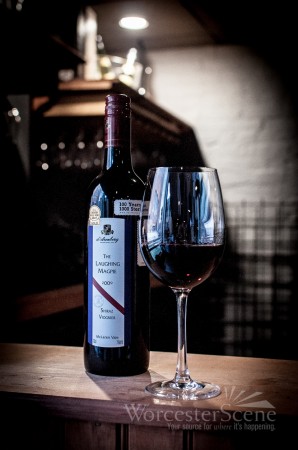 Weight. Volume. Texture. These measurements or characteristics are usually found in physics and textiles, but, honestly, wine is so much more fun. Weight: how heavy is the dish? It is light and refreshing or heavy and filling? Whatever it is, you will want to match an equally weighty wine with it. Logic may suggest that you balance a heavy dish with a light wine to balance it out. Generally speaking, you can’t do this. One will overpower the other. Although there are always exceptions to any rule, this is where volume comes in. Volume: how loud is the dish? How bold are the flavors and spices? Barbeque is bold, and as beautiful as a Pinot Noir from Burgundy can be, it is simply not loud enough for the grill, not if you are grilling properly. A wine should not overpower a wine, and food should not overpower a wine. The last aspect, which may not be as vital as weight and volume in a dish, is the texture. Texture: how does it feel? Flavor and body only mean so much if the texture of the food matches the texture of the wine. As far as barbequed foods go, you want something rich and silky to wash it all down with and you want it to make you want another glass. Texture in wine is crucial because you want it to match the richness of the foods you’re eating, while being refreshing enough to keep drinking.
Weight. Volume. Texture. These measurements or characteristics are usually found in physics and textiles, but, honestly, wine is so much more fun. Weight: how heavy is the dish? It is light and refreshing or heavy and filling? Whatever it is, you will want to match an equally weighty wine with it. Logic may suggest that you balance a heavy dish with a light wine to balance it out. Generally speaking, you can’t do this. One will overpower the other. Although there are always exceptions to any rule, this is where volume comes in. Volume: how loud is the dish? How bold are the flavors and spices? Barbeque is bold, and as beautiful as a Pinot Noir from Burgundy can be, it is simply not loud enough for the grill, not if you are grilling properly. A wine should not overpower a wine, and food should not overpower a wine. The last aspect, which may not be as vital as weight and volume in a dish, is the texture. Texture: how does it feel? Flavor and body only mean so much if the texture of the food matches the texture of the wine. As far as barbequed foods go, you want something rich and silky to wash it all down with and you want it to make you want another glass. Texture in wine is crucial because you want it to match the richness of the foods you’re eating, while being refreshing enough to keep drinking.
Although one can go on and on about the fundamentals of pairing food with wine, these elements cover the basics. As part of my “market research,” I tried delicious local BBQ with some of my favorite wines. I was able to taste through some key characteristics that were crucial to a solid barbeque pairing. I’m sorry Sauvignon Blanc, I love you, but this just isn’t going to work out this time. The best characteristics in wine that enhanced my dining experience were: fruit-fowardness, not too much acidity, and neutral tannins in red wine. It’s actually very interesting because traditionally subtle fruit and high acid are what make wines food-friendly. But we are talking about American food, and ‘Murica doesn’t like rules.
Now that there is an understanding of how and why, I will suggest the top 3 whites and top 3 reds for your BBQ. Interestingly enough, my two runners up for the whites are European varietals in a new world expression. Albariño and Pinot Gris from Oregon are a perfect pairing, especially with the Mustard BBQ sauce. They both have the balanced acidity for the mustard component often found in barbecue foods, but the richness in fruit to stand up to the weight and volume as well. The best white wine for BBQ is Chenin Blanc, specifically from South Africa. Chenin Blanc has the body to stand up to richer dishes like Mac n’ Cheese, potato salad and all meats. It even pairs with baked beans surprisingly. Chenins have the full body of Chardonnay, but generally a higher acidity and not the same oak treatment, so they are naturally more food-friendly. The best part about the BBQ food-friendliness is how great Chenin Blanc is with spicy food. They don’t dull heat, but they do soften and round it out. An honorable mention is rosé. It doesn’t necessarily enhance BBQ, but it doesn’t hurt it either. Rosé: the eternal people-pleaser. (It is definitely a middle child.) As far as reds go, there are few surprises there. You want bold fruit, toned down tannins, and rich body. Ultimately, the three best were Australian Shiraz, Cotes-du-Rhone and Petite Sirah. If you want to enhance spice, go for the Cotes-du-Rhone. If you want to soften the spice and round out the texture, drink a California Petite Sirah.
What makes these pairings so interesting is that these are not traditionally food-friendly wines, as mentioned before. Barbeque is a very American style of cuisine which allows American wines to shine. There is no better time to celebrate this exquisite pairing than now. Put that beer down, and enjoy your BBQ with some wine today.

